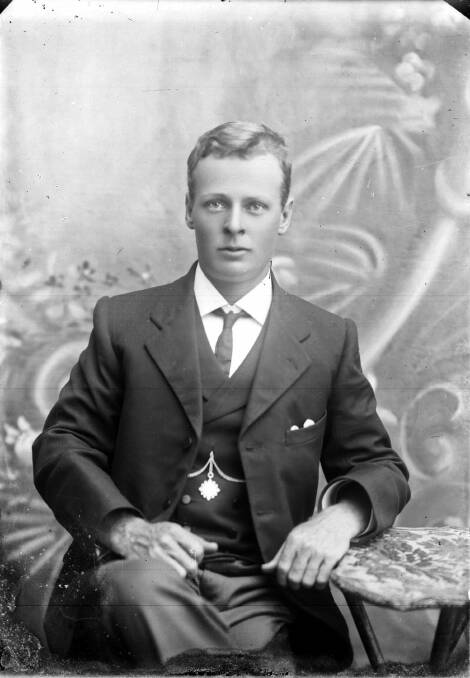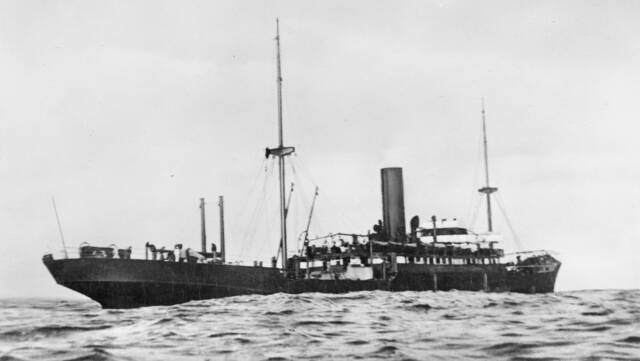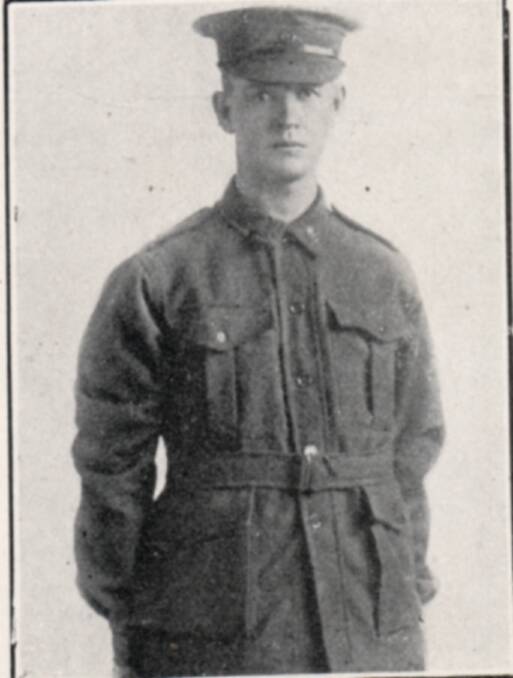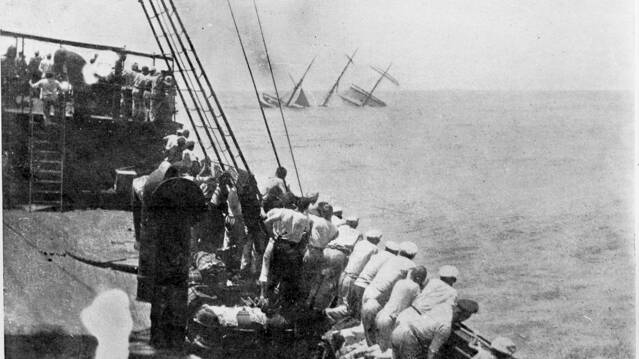
When Kempsey-born engineer Ross Ainsworth boarded his ship, the Burns Philp steamer Matunga in Sydney on 27 July 1917, he did not realise he was about to embark on an epic journey of 40,000 kilometres ending in a prisoner of war camp in Germany.
Subscribe now for unlimited access.
$0/
(min cost $0)
or signup to continue reading
It would be almost two years before Ross would see Australia again.Alexander Ainsworth (or Ross as he became known) was born on 18 April 1880 in Kempsey, one of thirteen children of George and Marion (nee Mackay) Ainsworth.
Ross was educated at Kempsey (West) Public School, then gained his engineer's certificate and joined the Burns, Philp and Company Limited.

He was Chief Engineer on the Matunga when it left Australia for Rabaul in 1918 carrying military personnel and supplies for the Australian garrison there. As it neared Rabaul, the Matunga was shadowed by the German raider Wolf which had been active in the area.
Disguised as a merchant ship, the Wolf was armed with guns, torpedoes and mines and was beginning to wreak havoc with Allied shipping in the area.
The Wolf had a crew of about 350 men who were armed with machine guns and other small arms.On the morning of 6 August 1917, the Wolf suddenly appeared alongside the Burns Philp freighter and after firing a warning shot captured the vessel, its passengers and crew.

The Matunga was stripped of its cargo by the Germans and later sunk with bombs. Ross and the other Australians then began their imprisonment on the Wolf as it continued on its rounds of destruction of Allied ships.
By the time the raider had returned to Germany in early 1918, it had destroyed 35 trading vessels and two war ships amounting to 110,000 tons. It had on board 430 prisoners taken from ships that had been captured.
The fate of the Matunga was not known in Australia until early 1918, when a message in a bottle from one of the Wolf's victims was picked up.
George and Marion Ainsworth had a worrying time until they found out from the London Red Cross that their son was a German prisoner of war.In Germany, Ross Ainsworth was taken to a prisoner of war camp at Heidelberg where he spent some six weeks, before being moved to another camp near the Dutch border.
Food was scarce and the men were seldom allowed to exercise. Finally Ross was moved to a camp in the Hartz Mountains and was there when the Armistice was declared.

On his way back to Australia in London, he was reunited with his younger brother, Lieutenant George Macleay Ainsworth who had enlisted in the Australian Field Artillery in 1915 and saw service on the Western Front before gaining his officer's commission in England.
Back in Australia, Ross Ainsworth was re-employed by Burns Philp who had continued to pay him since his capture in 1917.
He was Chief Engineer on the SS Marella when he suffered a seizure on a journey to Singapore and was returned to Australia.
He passed away on 29 March 1934 in Bexley, Sydney just short of his 54th birthday, the hardships endured on the wartime voyage and imprisonment evidently taking their toll.
Our journalists work hard to provide local, up-to-date news to the community. This is how you can continue to access our trusted content:
- Bookmark our website
- Make sure you are signed up for our breaking and regular headlines newsletters
- Follow us on Twitter: @macleayargus
- Follow us on Instagram: @macleayargus

